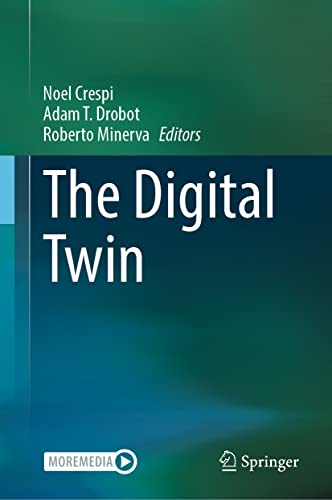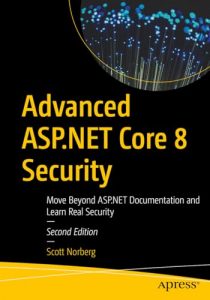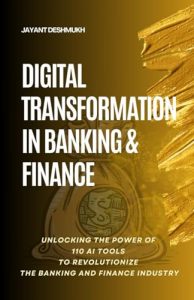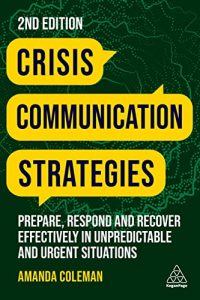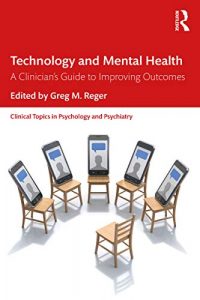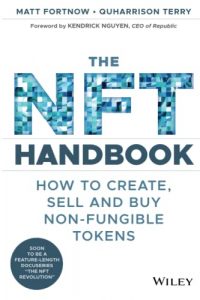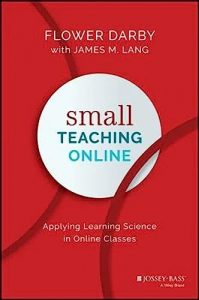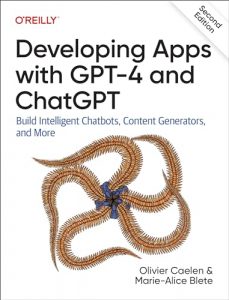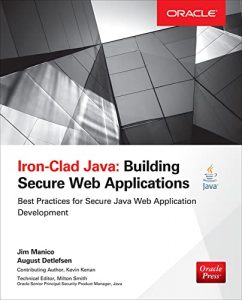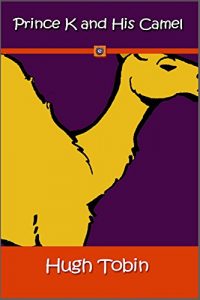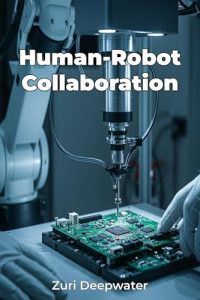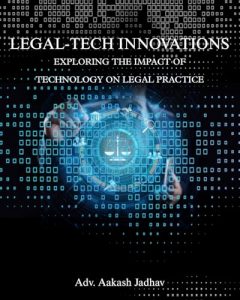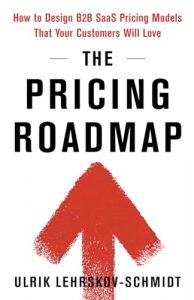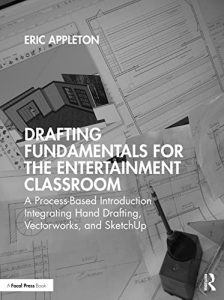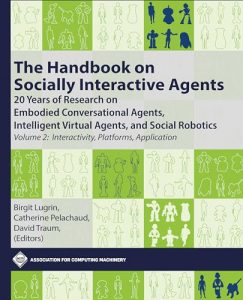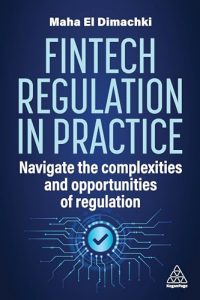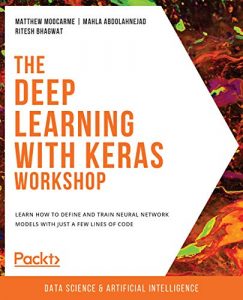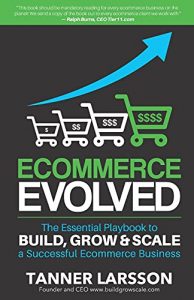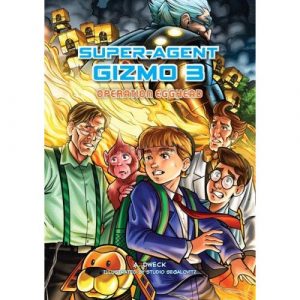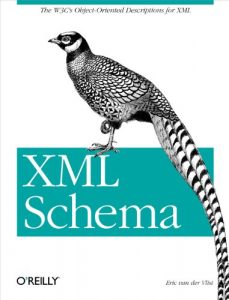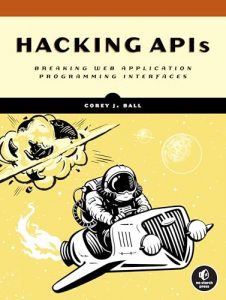Explore the Future of Digital Twins: Must-Read Books for Tech Enthusiasts
The concept of digital twins is rapidly transforming industries, shaping how we interact with technology and the world around us. This blog post features a selection of must-read books that will deepen your understanding and appreciation for this innovative technology.
The Digital Twin
Authored by Noel Crespi, Adam T. Drobot, and Roberto Minerva, “The Digital Twin” is a comprehensive guide that delves into the theoretical and practical aspects of digital twin technology. This book is perfect for industry professionals who wish to leverage digital twins in their business processes. It covers advanced concepts and real-world applications across various fields, making it essential for forward-thinking engineers and tech leaders. The insights provided can inspire innovation and drive efficiency in operations.
Hands-On Azure Digital Twins: A Practical Guide
Alexander Meijers’ “Hands-On Azure Digital Twins” takes a hands-on approach to implementing digital twin solutions using Azure technologies. This practical guide is designed for developers and architects looking to build distributed IoT solutions effectively. It offers step-by-step instructions and examples that help readers master the tools and techniques necessary to create robust digital twin applications. With the growing importance of IoT, this book is a must-read for anyone aiming to stay ahead in this technology-driven age.
From Digital Twins to Digital Selves and Beyond
In “From Digital Twins to Digital Selves and Beyond,” Franz Barachini and Christian Stary explore the intersection of technology and humanity. The book discusses how digital twins can evolve to represent the individual in a trans-humanist world. It challenges readers to consider the ethical implications and social models associated with digital identities. This thought-provoking piece is essential for anyone interested in understanding the future of identity in a digital landscape.
Smart Education: Transforming Learning with Generative AI
Dr. Samuel Xiangming LI’s “Smart Education” discusses the revolutionary impact of generative AI and immersive technologies on education. As educational paradigms shift, this book presents actionable insights for educators and tech developers aiming to create engaging learning environments. By integrating smart technologies, education becomes more personalized and effective, preparing students for future challenges. This forward-thinking book is crucial for those invested in the evolution of learning methodologies.
Digital Twin Technologies for Healthcare 4.0
“Digital Twin Technologies for Healthcare 4.0” by Rajesh Kumar Dhanaraj and team examines the integration of digital twin technologies in healthcare settings. This essential read breaks down complex concepts into actionable frameworks, demonstrating how digital twins can revolutionize patient care, medical imaging, and operational efficiency. The authors draw on numerous case studies to showcase real-life applications, making it an invaluable resource for healthcare professionals seeking to leverage technology for improved outcomes.
Digital Twin Technology for the Energy Sector
This insightful book by Mohammadreza Aghaei and co-authors focuses on the implications of digital twin technology within the energy sector. It addresses critical challenges faced by energy companies and illustrates how digital twins can optimize resources, enhance operational management, and promote sustainable practices. By understanding the fundamentals and advances in this field, readers will be better equipped to contribute to a greener future, making it a vital read for energy professionals and enthusiasts.
Digital Twins for Smart Cities and Villages
“Digital Twins for Smart Cities and Villages” co-authored by Sailesh Iyer and others, explores the potential of digital twins in urban planning and development. This book emphasizes how cities can use digital twins to enhance service delivery, urban management, and resident engagement. By incorporating advanced technologies, governments can create more livable environments, making it essential for city planners and policymakers who aspire to make their cities smarter.
Geodesign, Urban Digital Twins, and Futures
Paul Cureton and Elliot Hartley’s book presents a forward-thinking approach to geodesign and urban planning through the lens of digital twins. It offers a multidisciplinary perspective on how digital twins can aid in designing resilient cities. The authors blend modern technology and innovative strategies to address complex urban challenges, making this book crucial for architects, urban planners, and environmentalists aiming to create sustainable urban futures.
BIM and 3D GIS Integration for Digital Twins
This introduction to integrating Building Information Modeling (BIM) and 3D Geographical Information Systems (GIS) provides fresh perspectives on digital twin creation. Authored by Mohsen Kalantari et al., it serves as an essential resource for engineers, architects, and GIS professionals. The book lays the groundwork for understanding how these integrations can facilitate improved project outcomes, enabling readers to harness the full potential of digital twin technologies.
Each of these books contributes valuable knowledge and perspectives to the evolving field of digital twins. Whether you are a seasoned professional or a curious learner, these reads will empower you with the insights to navigate the future of technology.

